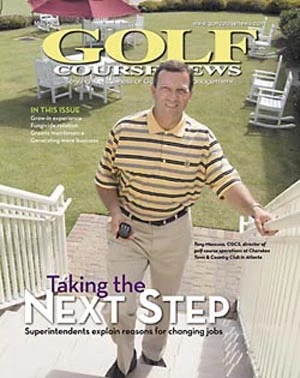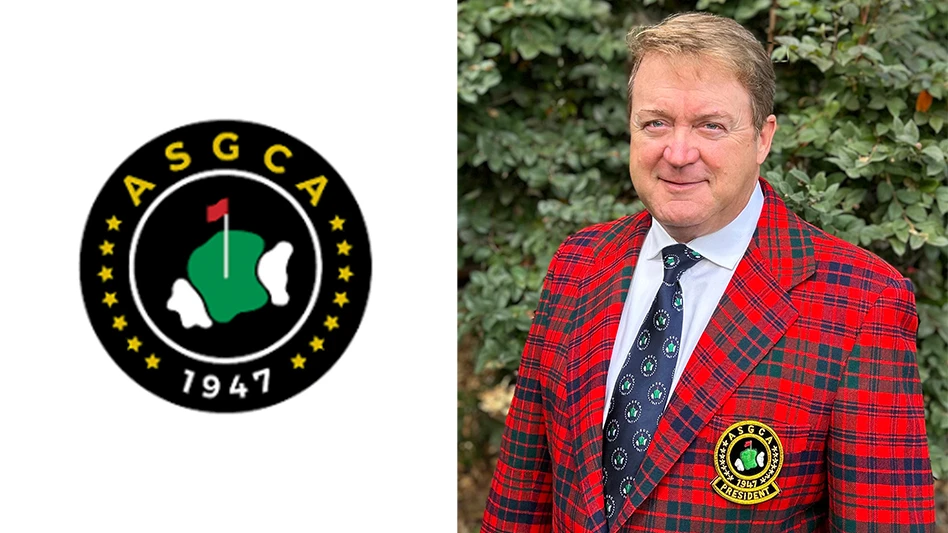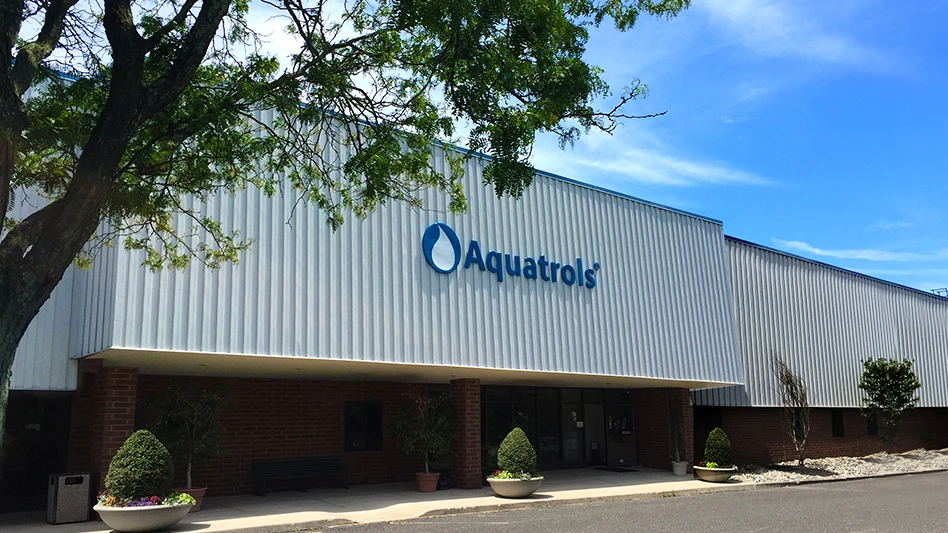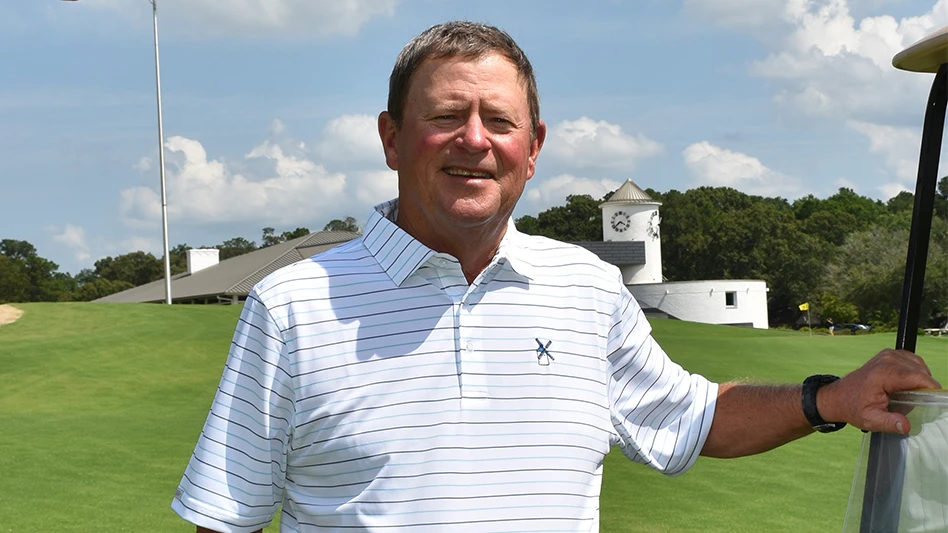How does maintenance affect design?” This is an often asked, but not new, question. Golf course architecture articles in the 1960s usually mentioned the design triangle of aesthetics, playability and maintenance, and cautioned about the necessity of designing for maintenance.
In 1977, I was an apprentice at a firm specializing in municipal golf course design and cost-effective renovations. Usually clients weren’t flush with cash, so the firm’s design triangle wasn’t an equilateral triangle. It leaned heavily to the maintenance side.
I, and many others, felt the era of great design was over, and pure design would never rise again because the economics of golf were the most important consideration. Golf courses have never been pure art because they have a business side.
The Reagan/Clinton years reversed that long-standing trend and proved me wrong. A growing game and a healthy economy provided most courses enough cash to go beyond the basics of design for maintenance. Emphasis changed to the spectacular and perfectly maintained courses. Many great courses were designed, and their maintenance made them even better. The longest side of the triangle was the aesthetics side, and many courses accepted the additional maintenance costs associated with these features.
However, golf course design in the ’20s, ’80s and ’90s involved short-sightedness because the industry forgot it goes through economic downcycles, proven by the depression and the recession that partly stemmed from 9/11. As maintenance costs escalate because of inflation, and courses have trouble finding more new players or charging existing ones more to cover costs, architectural features will continue to suffer because economics dictates doing what’s necessary to survive. In this case, it’s the money, not the principle.
I see club management and superintendents asking hard questions about design and maintenance. I see the triangle restoring itself more equilaterally. Golf course architects and superintendents are finding ways to do more with less, including altering golf design features to ease maintenance.
Practicality will prevail for the next several years. If no one has played from a bunker in recent memory, why spend money maintaining it? While a bunker might provide beauty, beauty doesn’t appear on the balance sheets. Most courses will be built – or rebuilt – with profit and practicality in mind. Design features will be scrutinized closely again to see how much they contribute to play and reduce maintenance or speed of play. Inefficient features that don’t serve many functions won’t survive in many places. Courses might experience the following:
• 1980s- and ’90s-style mounding should vanish because of mowing production and reduced water consumption.
• Greens will become flatter in the middle to ease and speed putting, and on the edges to avoid those perimeters drying out. If one wants 6,500-square-foot greens, 6,500-square-foot greens will be built, not highly contoured 9,000-square-foot greens with the same cupping space as smaller ones.
• Green speeds should remain constant, but not reverse, for faster daily play. Faster green speeds will be reserved for special occasions.
• Tees will return to purely functional status. They’ll be gently curved to fit the landscape and turning radius of mowers. Artistic free form and rectangular shapes that are hard to mow or that waste space will be gone.
• New tees will be built. Small ones will be tucked into the furthest pockets of the golf course to service the new generation of long hitters. Bigger ones will be built or expanded further up front so superintendents can move play forward on any busy day.
• Similarly, little touches such as elaborate tee landscaping will be reduced to clubhouse areas or clusters of tees.
• Tees with stair steps of tee height grass have been disappearing faster than suburban farm land. The 50 square feet of artistic, but highly maintained tees, will be deemed a waste of resources.
• Narrow fairways will remain in vogue because the money it takes to mow, water and spray, a 200-foot-wide fairway is too costly to provide a tee shot option that few understand and fewer actually use.
• Most holes with a second, strategic fairway will be reduce to one because of the theory that one fairway per hole is sufficient.
• Astute superintendents will contour mow fairways, leaving them wider within 250 yards off the tee to help average players quicken play.
• While fairways will narrow, play corridors might widen. Removing the innermost row of trees allows greater production in rough mowing and reduces the number of lost balls.
• Roughs will become shorter, typically only as deep as necessary to provide visual contrast to fairways.
• Bunkers might become as rare as the buffalo, and the number of bunkers might depend on how many can be raked before noon. Some sand bunkers will be converted to grass bunkers. There might be a trend toward bunkerless greens that are furthest from the maintenance area to reduce travel time.
• Bunkers also will be flatter to minimize sand washing because players want a perfect playing surface and superintendents hate the unscheduled maintenance after rainstorms.
These changes are much like responses to golf’s economic situation in the 1930s and 1960s. However, quality expectations have improved too much to allow maintenance quality reduction. We won’t go back to quarter-inch greens of the 1970s. Technologically superior grasses and mowers will allow better maintenance in less time, and course management technology, such as cart-based GPS units, will continue to speed play.
The bottom line of golf course design will be the bottom line. That’s been true whether times are good and designs are extravagant, or the economy is poor and designs are practical. Perhaps the saddest part is that we forgot the lessons of the past. Although it’s hard to predict the future, it’s easy enough to know difficult economic times mean the maintenance side of the design triangle can never be ignored.
Design features that can’t be maintained easily will be gone within a decade. I ask superintendents during construction how a feature affects their maintenance. Usually, they aren’t bashful about telling me, and you shouldn’t be bashful about discussing that with your architect either. After all, the goal of most renovations is to help maintenance costs without hurting the product. GCN
Jeffrey D. Brauer is a licensed golf course architect and president of Golfscapes, a golf course design firm in Arlington, Texas. Brauer, a past president of the American Society of Golf Course Architects, can be reached at jeff@jeffreydbrauer.com.

Explore the May 2005 Issue
Check out more from this issue and find your next story to read.
Latest from Golf Course Industry
- The Aquatrols Company adds former superintendent to its R&D team
- Heritage Golf Group expands into Tennessee
- Making the grade — at or near grade
- PBI-Gordon receives local business honor
- Florida's Windsor takes environmental step
- GCSAA names Grassroots Ambassador Leadership Award winners
- Turf & Soil Diagnostics promotes Duane Otto to president
- Reel Turf Techs: Ben Herberger





